All the great television educators had one thing in common. One thing that focuses their drive and all of their storytelling. And that one thing is knowing who their audience is. Be it Carl Sagan’s Cosmos (or it’s recent spin off by the Internet’s favourite cosmetologist Neil deGrasse Tyson), or Sesame Street, Bill Nye the Science Guy, or The Mythbusters. Hell, even Bob Ross. The one thing these shows and their respective educators have as their true north is the audience.
Now, that audience doesn’t have to be children (although many of those shows do tend to skew younger), but the identification of that audience will help the show set its tone, its character, and the way it explains things.
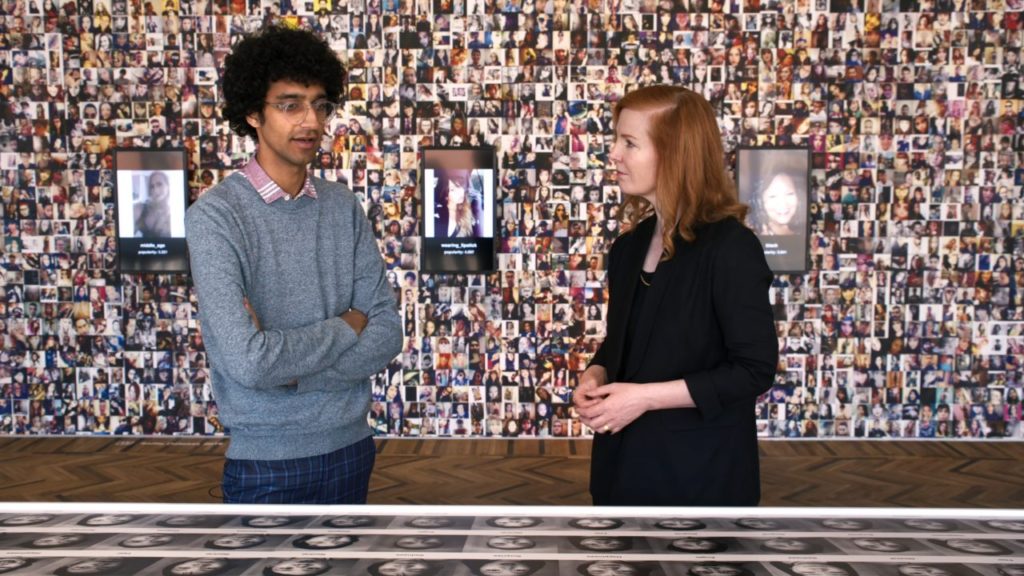
This is where Netflix’s new docuseries Connected falls a little short. Connected, recently launched on the streaming service, is a series of six episodes that draw a line between different, seemingly unconnected natural events and things, to show how everything on the planet (and in some cases the universe) are connected. The series is hosted and executive produced by Latif Nasser, director of research at the popular and excellent American podcast Radiolab.
*Side note: Latif Nasser recently produced a six episode podcast series for Radiolab called The Other Latif, where he investigates a Guantanamo Bay detainee also named Latif Nasser. It is a chilling and eye opening look at American foreign policy and the failures of international politics.
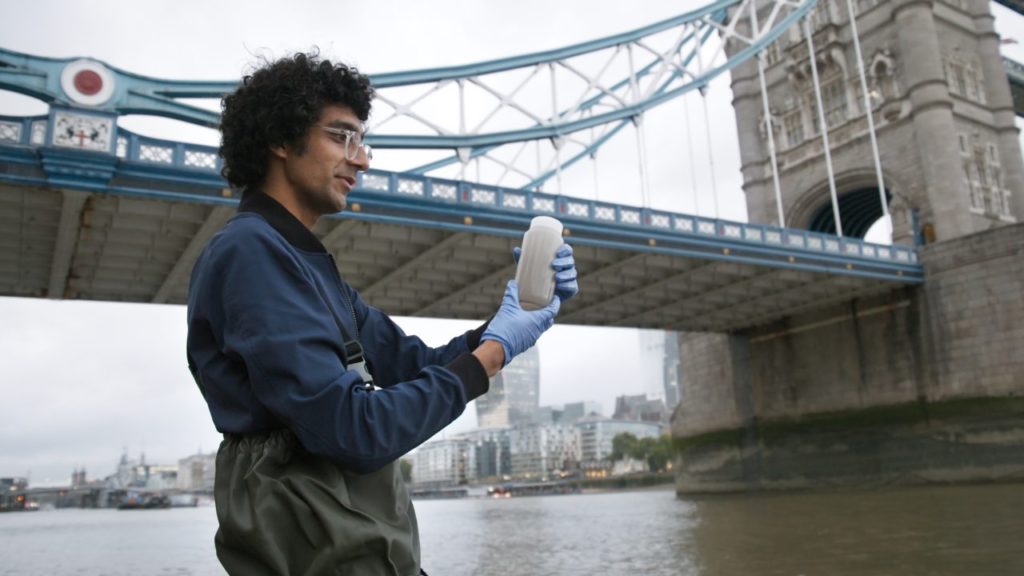
In Connected, Nasser starts each episode off with a theme, be it “Surveillance,” “Poop,” or “Dust,” before spending the next 40 or so minutes starting in one place, and ending up somewhere completely different by the end. He does this by way of other random things. Like how dust (dead fish) in a long dried up sea bed in a desert in Africa can affect hurricanes forming in the Atlantic ocean, feed the ocean, and end it’s whirlwind journey (ba-dum-tish!) in a rainforest. Or how an observation in 1881 by Canadian-American astronomer Simon Newcomb, about how certain pages in logarithm books were more worn out than others, led to Benford’s Law, catching tax cheats in the US and Europe, and it’s relation to music.
The series is a crazy look at how the natural world and the human world is interconnected in ways that boggle the mind. Connected draws so many lines that it leaves you gasping for breath as you try and comprehend the very nature of, well, everything.

And that is where the issue lies. It is impossibly difficult to impart the sheer brilliance of the series’ central theme, of things being connected, and then have to explain said interconnectedness in just 40 minutes. And to try and reveal all that information in an easy to digest and fun episode feels like a tall order.
Who then is the audience here? Is it to introduce preteens to a compelling new idea? Is it maybe for the slightly older teenager who has an interest in the world and how it works? Or is it for the adult who’s looking for some light fare that will take them away from the harsh realities of the news?
In 2012, the BBC (the gold standard of serial documentary filmmaking) released a mini series entitled A History of Art in Three Colours. Hosted by my favourite art historian (and absolute hottie) Dr. James Fox, the series, over the course of three, hourlong episodes, delves into the history and world altering effects of the colours gold, blue, and white. Each episode is a slow, methodic, well researched piece into the introduction of each colour to the world’s colour palate, and how that event rippled through history. It is a masterful, deep, and insightful series that remains one of my favourites of all time.
In 2017, Dr. James Fox went on to work on a 10 episode, 90 second animated series on colour for CNN called Colorscope, which is another great example of a show knowing its audience and feels like something every pre-teen art class should show it’s students. (Although Episode 4, “Why Red Turns Us On,” may require some parental guidance.)

I loved Connected. The series had me gasping and throwing my hands in the air at each revelation. It had me picking my jaw up off the floor several times an episode throughout the series. But what I’m ultimately saying is that I wanted more. Each episode is designed for breadth, but little depth. That’s not a bad thing. It’s just that Connected could not figure out who it was for, and how best to balance that breadth and depth in order to reach them. Here’s to hoping it finds an audience and gets better in a future season. Because I do want more.
Connected
Netflix, 6 episodes
Host: Latif Nasser
Executive Producer: Christopher Collins, Lydia Tenaglia, Erik Osterholm, Latif Nasser, David Mettler

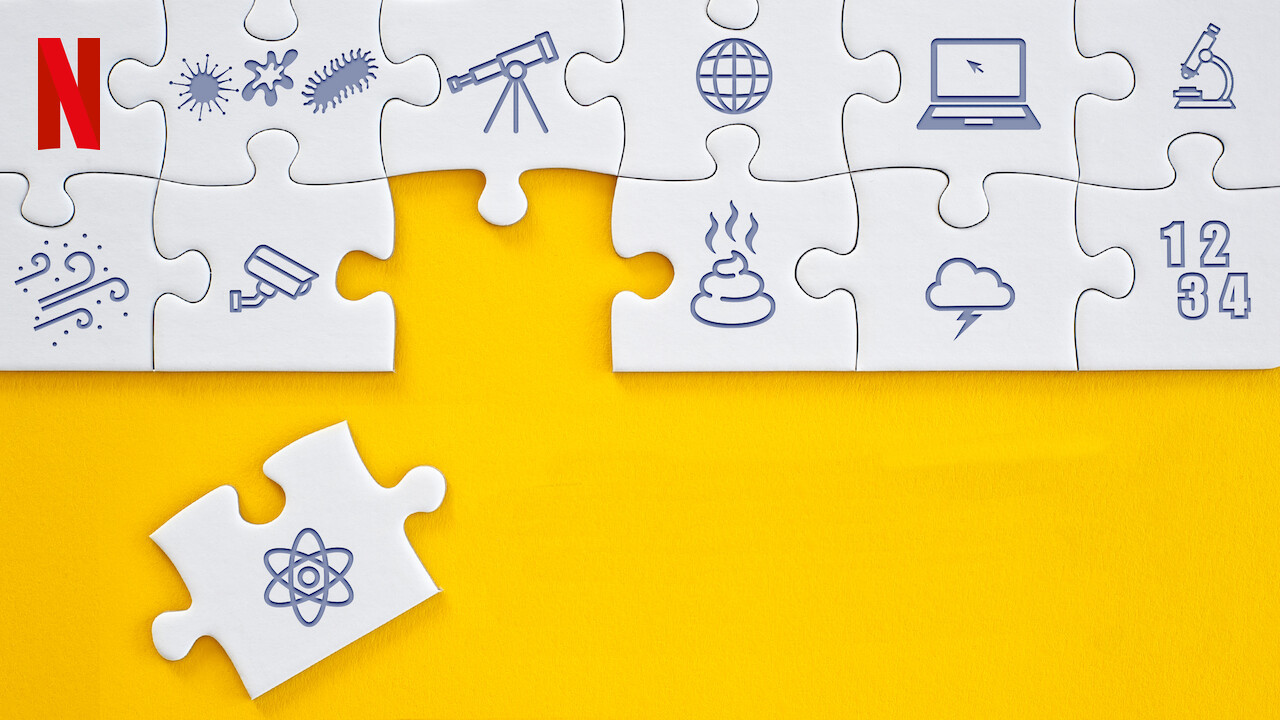
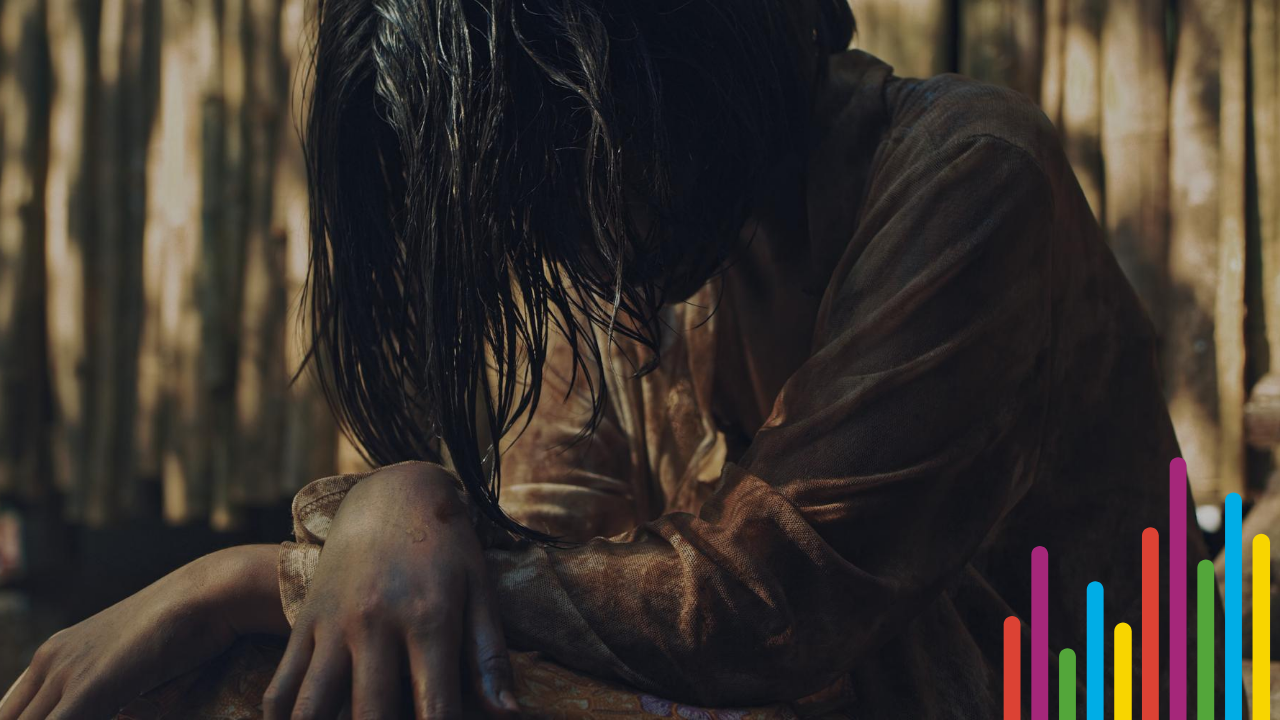
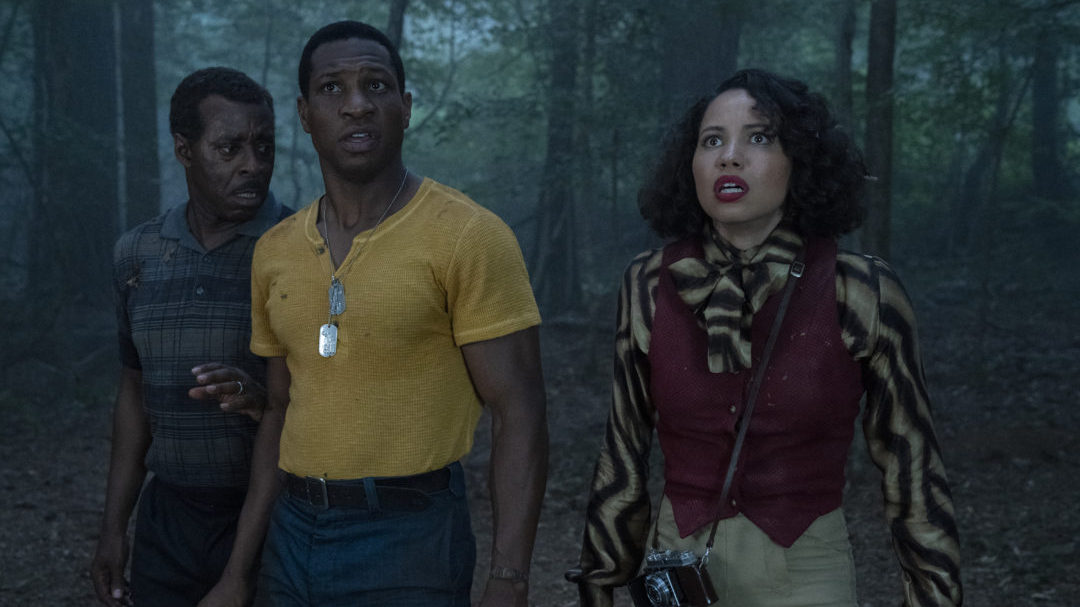
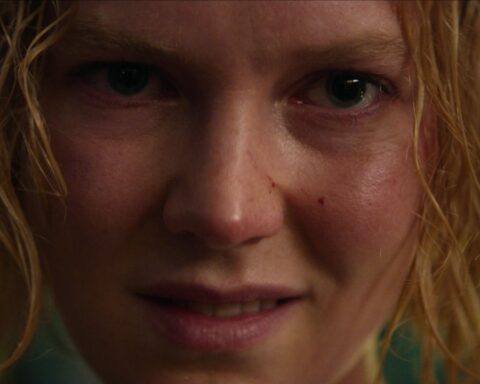

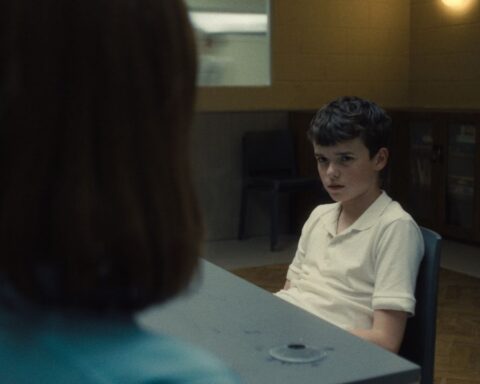
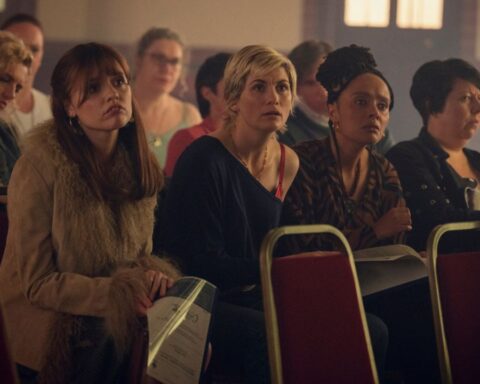

Follow Us